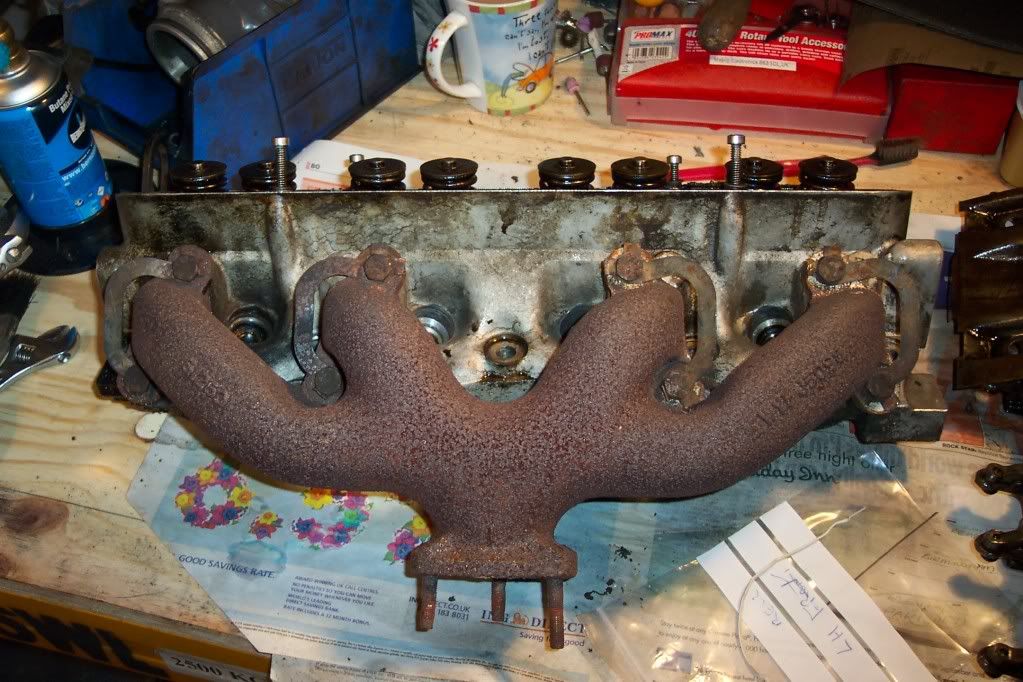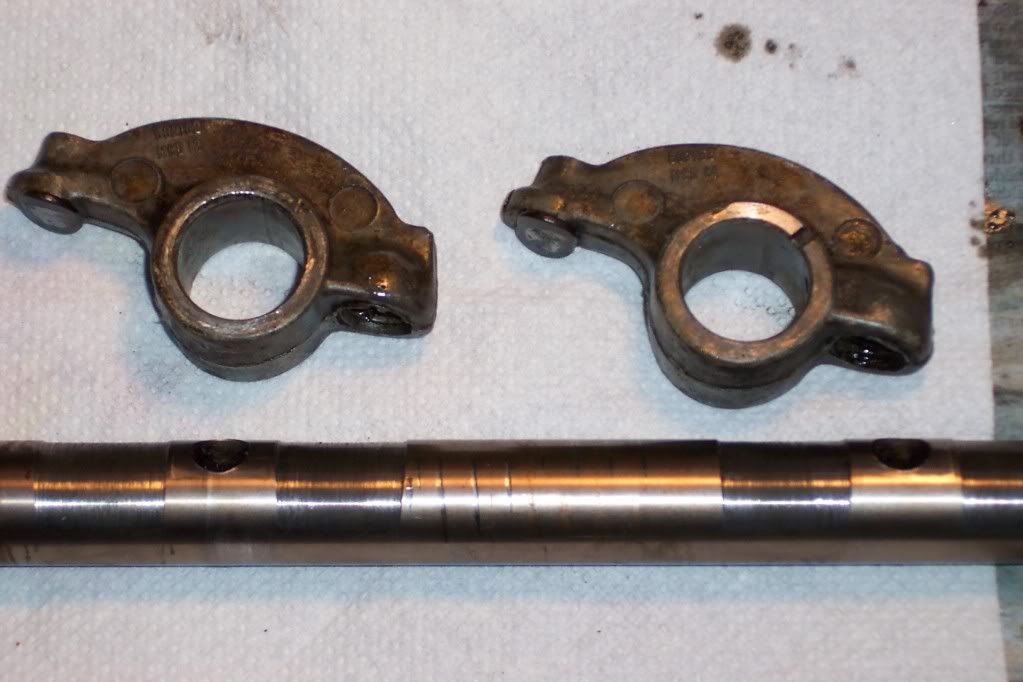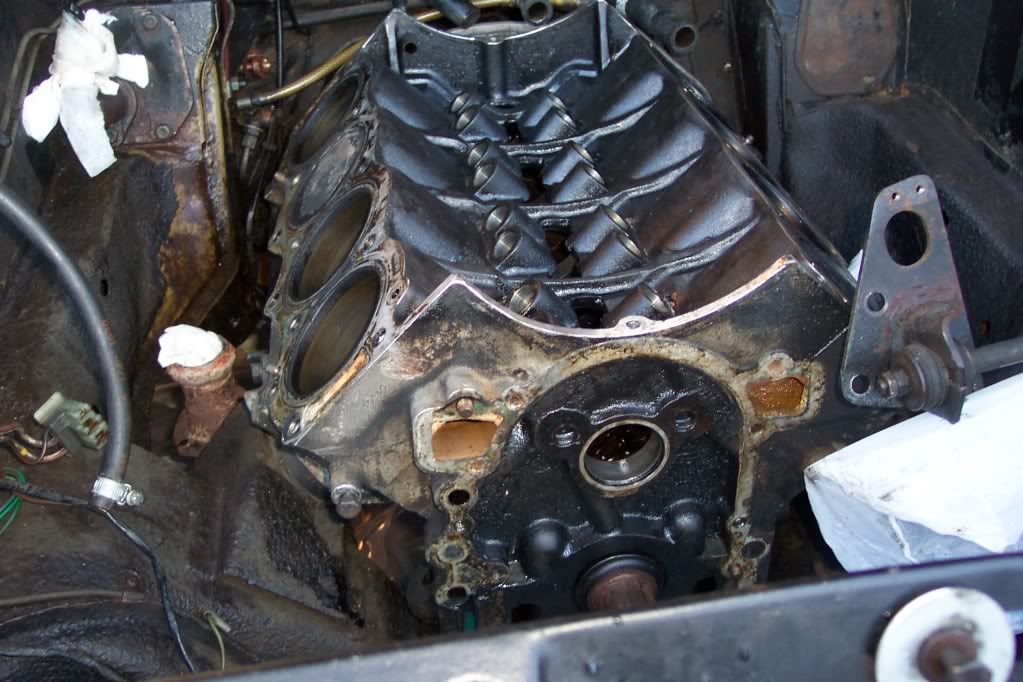SydneyRoverP6B said:
Using a standard 3.9 camshaft will see only a 5 to 8 BHP increase over the standard 3.5 camshaft surplied for carburettor engines, according to V8 Tuner.
http://www.v8tuner.co.uk/product.php?id=62
Ron.
:?:
That figure on it's own is pretty much meaningless. 5 to 8 BHP increase where? I'd accept that in terms of maximum power that's probably about right, but that was never the objective. IIRC the idea was to make the engine power more suitable for use in the Landie, where low down grunt is more important than outright power, and to do this without causing problems by using a different profile and extra lift, the timing was altered, giving as I said earlier the big boost in the midrange, without losses elsewhere, (and as an incidental benefit to that a smaller increase at the top end if you let it rev out,) but that wasn't the thinking behind the change in the first place. Fitting it in the 3.5 gives the same benefits but with slightly less capacity to play with.
As the V8 isn't a particularly high revving engine without serious mods I'd happily accept the small nominal increase for the hike in useable power.






